
Ben Gribbin
December 11, 2014
Search
Popular Articles
8 Almost Useless Land Rover Mods
11th June 2014
Updated: What Makes a Defender Iconic?
29th November 2011
Winters coming. Whether it will be one smattered with heaps of snow remains to be seen. Of course, as Land Rover owners and drivers, we hope for the worst kind of winter weather possible, because that's when our vehicles come into their own.
Related Land Rover Winter Maintenance and running tips:
- Winter Proof your Land Rover
- Tips for Working on the Drive in Winter
- Cooper STT Tyres Review (Excellent snow tyres)
- Fit a Snow Plough to your Defender
We spoke to 4x4 off-road driving expert and advanced driving instructor, Gavin Earnshaw for help with this article.
Snow driving rule #1
Use the least amount of momentum possible.
Manage your speed
Just like driving on wet grass or slippery clay, you need to keep your speed down so that you have enough grip to safely turn, accelerate and brake whilst maintaining the inertia to traverse obstacles such as slopes.
Engage Low Range & Diff Lock
Engage locked 4WD and if possible, engage low range (use any electronic aids such as Hill Descent Control that you may have available to increase control). Low range is useful as it allows the engine braking and the torque to be spread more evenly across all four wheels, maintaining grip and control.
Brake Cautiously
Your brakes are designed to work mainly on high grip surfaces - with a heavy bias towards the front axle. For example front brakes on a Land Rover 90 are 4 pot, 302mm discs with the rear being 2 pot 278mm discs (sizes from memory). This means the front discs generate more braking torque for the same pressure on the pedal, resulting in the tendency to induce a front skid and loss of steering.
Expect braking to take ten times longer, or more, so start early! I occasionally check how much grip there is with a gentle brake until the first sign of traction loss – but only where it is safe! Better to find it out before you reach a junction! It's preferable to maintain a slow, safe speed and reduce the need for braking where possible. Remember too, you're in a large, 2 tonne plus, 4x4 vehicle!
Drive Gingerly
Drive in a careful and cautious manner. Be smooth and steady when applying the accelerator or brake pedal. Feel for the grip in the road. Avoid sharp, sudden steering movements. Any drastic or rapid changes in speed or direction can induce a skid and consequently a loss of control.
Remember!
The 4x4 Driving Mantra
[Drive] As Slow As Possible, As Fast As Necessary.
Skid Recovery
If you begin to skid (you'll feel the steering wheel go light, and have the sensation of unnatural sideways movements), release the brake pedal and lightly depress the accelerator (useful in low range) - this will compensate for the difference between the wheels and road speed, regaining control.
Alternatively, depress the clutch down - if on the flat or a very slight hill. Again, the goal is to try match the wheel speed with the road speed, closing this gap will end the skid. Neither of these options will be easy to do as both can actually increase the loss of control if done incorrectly and are contrary to your driving instincts. Make sure to practice these recovery techniques in an open area first.
Gears
Generally setting off in a 4WD is not too difficult simply because the engine power is distributed across 4 wheels. Using as high a gear as possible also reduces the chance of wheel spin. Low fifth or high second is an ideal gear to set off in.
Spinning your wheels generally doesn’t help as it tends to polish the ice and fill your tyre treads & sipes with slush. Low range will max out at around 20mph, at which point the whining from the transfer box will remind you not to go faster.
Automatic Gearboxes
Automatic gearboxes have an advantage in that they apply the power more gradually than most manuals particularly on a gear change. The main disadvantage is their relative lack of engine braking – so you need to keep that momentum under tighter scrutiny. For setting off, use D, or if you have a winter mode use that. To slow down, you can use the lower box settings, which do not break traction as easily as on a manual.
Tyre Placement
When travelling in fresh snow, it's usually best to try and place your tyres in fresh snow, as this provides additional grip, rather than pre-existing tyre tracks.
Check Ahead
Just as with water obstacles, never drive into deep snow without first walking the path you desire to take, there could be hidden objects such as street furniture concealed in the snow.
Be Alert
Gavin told us "Last year I drove the 2011MY Range Rover, Range Rover Sport and Discovery at an off-road site which had ice down one side of a steep hill. The latest electronic systems are very clever and we had no problem getting up this slope. I know that I would have managed to get my 90 up that hill but it would have been a lot more difficult. These new 4x4’s were amazingly good but I felt disconnected from what was happening around me."
He added "We have become more isolated from the outside world, so a good tip is to turn down the radio, open a window a little and listen to the noise your vehicle is making. If it goes quiet, it may be you are driving on ice so need to be very careful with steering inputs, gentle using the gears and avoid heavy braking as discussed above".
Above all, stay safe & enjoy driving in the snow.
Related items for sale on eBay
| Ebay has returned a malformed xml response. This could be due to testing or a bug in the RSS2 Generator. Please check the support forums to see if there are any posts regarding recent RSS2 Generator bugs. CURL error code = 6. (Could not resolve host: rest.ebay.com) |
4 Comments
Leave a Reply
About Us
FunRover is a place for Land Rover enthusiasts to gather as a community and discuss the best 4x4 vehicles ever produced. We're building a library of high quality resources & articles to help owners along in their Land Rover ownership.
Popular Posts
8 Almost Useless Land Rover Mods
11th June 2014
Updated: What Makes a Defender Iconic?
29th November 2011
How to Plastidip your Land Rover Defender
19th August 2014






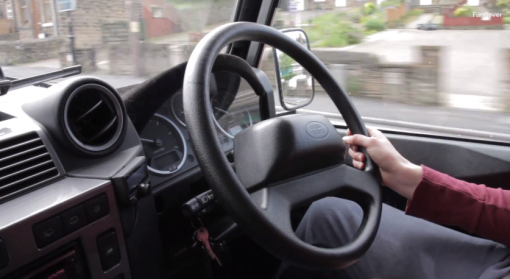

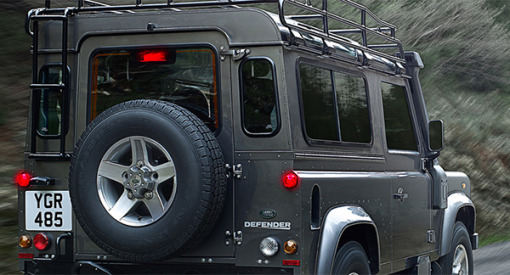
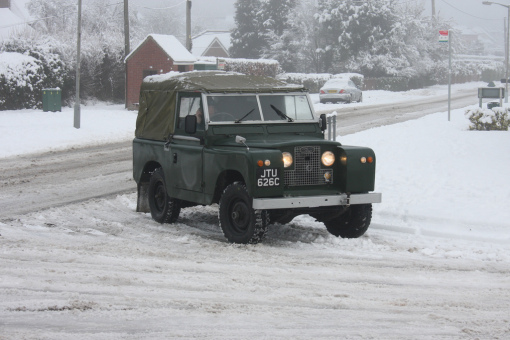
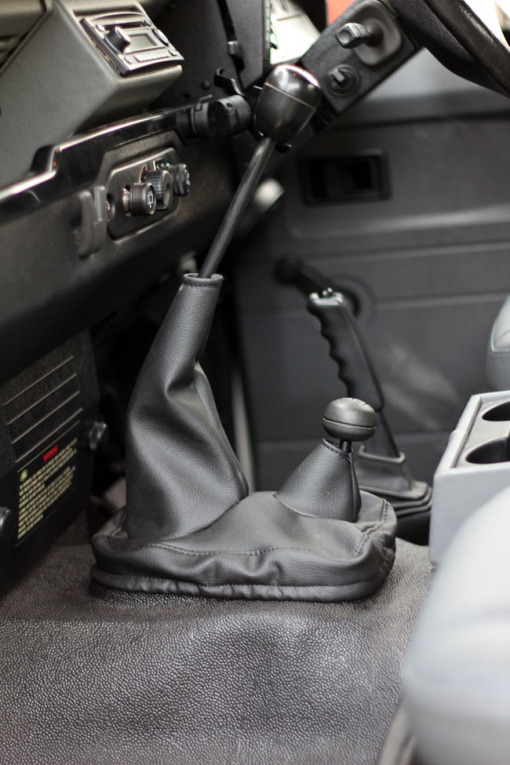
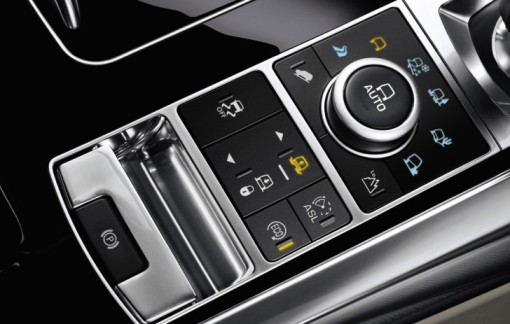

Great article. For the most part, taking extra precautions while driving is enough to prevent most accidents. It might also be a good idea to get your car serviced from your local dealership before it’s too late and breaks down in the cold.
http://www.landrovergrandrapids.com/service/index.htm
I really wish I had found this blog a little earlier. I hired a Range Rover from 4×4 Vehicle Hire in Warwick a few months back and took it around various parts of the UK. It was so much fun to drive, but while in Scotland I got stuck in the snow a few times and it was very frustrating. I will certainly bear these pointers in mind in the future. Thank you!
Hey buddy! Thank you for the tips! I’ve found it helpful as I am about to buy a second hand land rover. This will be my first time owning and driving a land rover and I am pretty excited. Yeah, here comes the adventure.
Your comment about driving in low range is dependent on snow type, Hi second is better as you will need to go up to put less power down. Snow is fragile, and you do not always know what your tires are going to get into.
Snow is from wet and icy to soft drifting snow. Driving on fresh snow is generally better, but it may be laying on ice so that is not always so good. Look for obvious signs if you do not know the road, this will include salting and de-icing as this may have re frozen.
Falls of snow on old snow second most dangerous only to ice. Where tracks on old snow have re frozen, but are hidden be especially careful as it will cause a tram line effect on steering. It will also hide potholes, kerbs, etc. If you do not know it snowed last, check it out, ask, or get the shovel out. Take a scrape off the top and work down. Look for dark horizontal line, caused by dirt from previous fall and obvious compressed snow or ice.
Fresh snow that is on fresh ground, this is where you want pressures at normal or slightly up to break through the snow and get a grip on the tarmac or dirt underneath. Where there is ice underneath try dropping just slightly to get a bigger foot print or use chains, diamond pattern like Polar or Rud are good. Real soft stuff will depends on how old it is, fresh may mean airing down a bit more depending on what tyres you have. the key being having the right tyres ATs, mud or even sand tyres. Winter tyres are similar to ATs but will be more sipped.
Snow depends a lot on air temperature and when in hills or mountains that will vary depending on height, and ground temperature. You can start on nice grippy stuff at the bottom but by the top of hill it can be a whole different ball game. Again take your time.
Centre Diff Lock is good, but TC can cope if fitted. I have had a Jeep and a Range Rover out in two feet of snow with only CDL. The key was tyres and tyre pressures, again dependent on snow type and when you are driving as indicated.
I have fitted driven a number of different 4x4s in snow and gentle right foot and gentle braking are best. Ice is a different matter, simply do not unless you have ice tyres.tyres. Just remember while you can drive where others can not, you will not stop any quicker !
Good point about autos though. As you rightly point out preparation is key, no short cuts. Always take spare clothing and double up on socks, gloves, and head gear.
Two other things to consider, make sure you have communications, and make sure as indicated the vehicle is thoroughly serviced including winter grade fuel, oils, windscreen washer, and extra things like wipers, as well as all the usual stuff.
Most off all enjoy the drive, take your time, and remember that other may not be as prepared or aware as you,